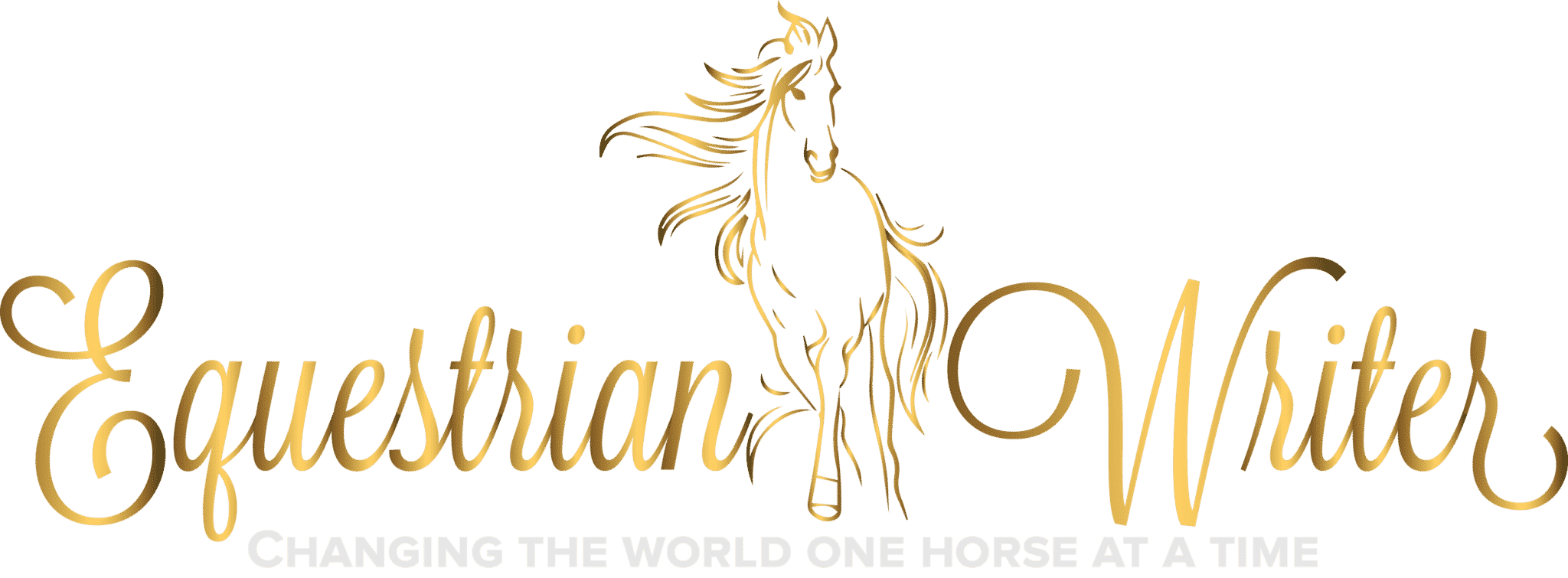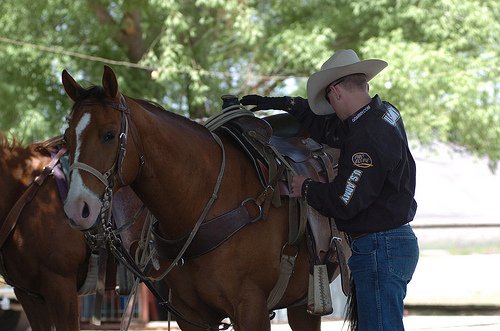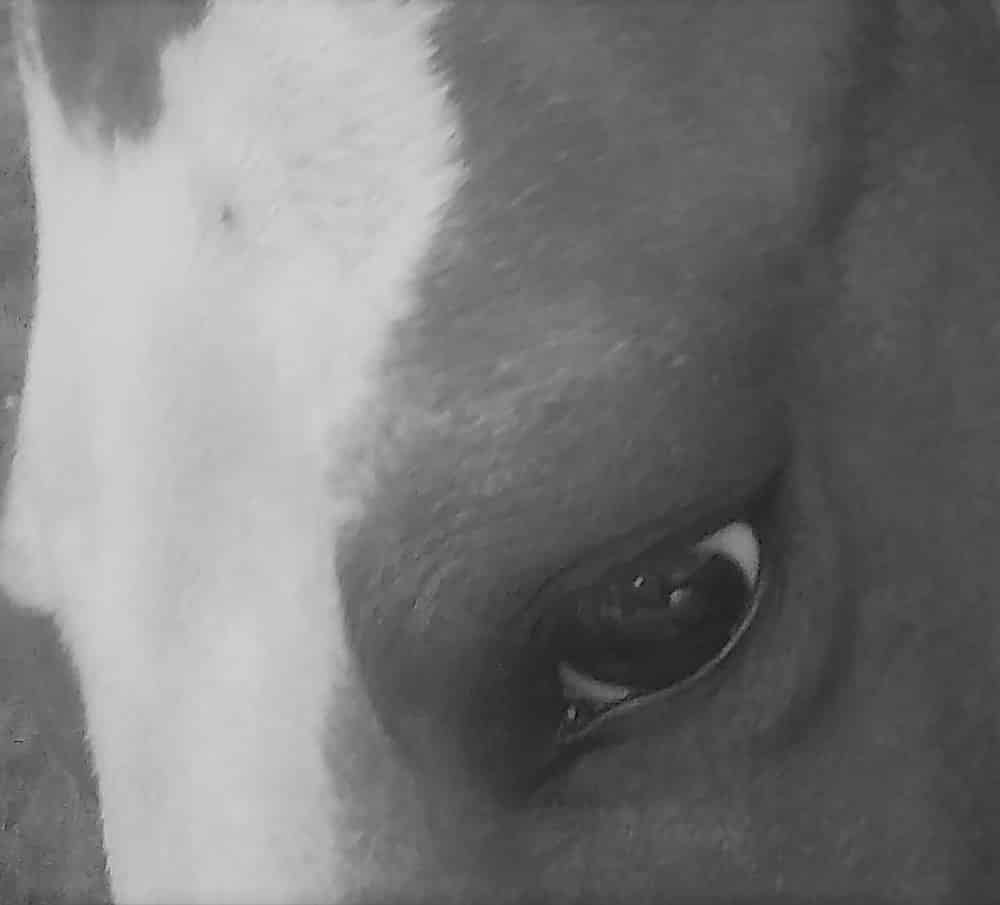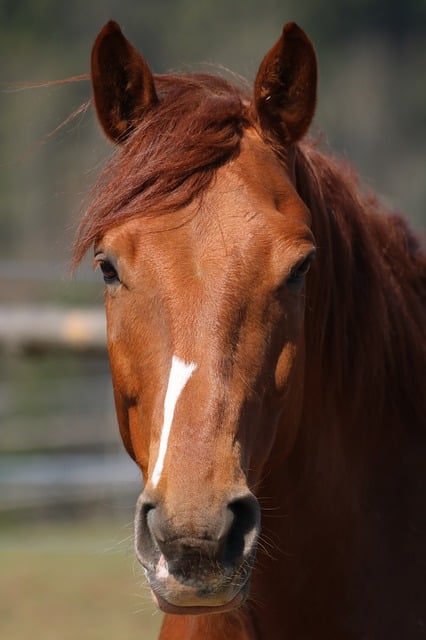
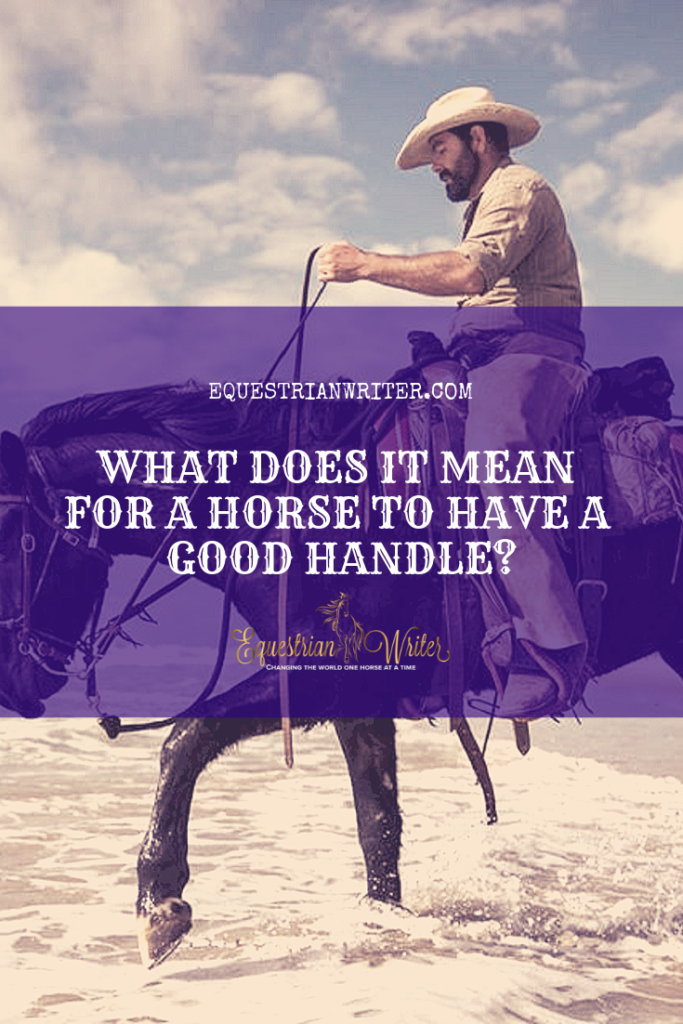
It is fairly common in the western industry to hear trainers remark about what a “good handle” a horse has. Many newcomers to the industry get confused by this statement and rightfully so. So, what does it mean for a horse to have a good handle and how long does it take to get there.
Trail/Pleasure Horses
A good handle for an amateur trail horse is perhaps less than a high-end show horse, but more than some people seem to think. Every horse, no matter their job, should have a good handle and solid training.
Definition of a Good Handle for a Pleasure Horse
A pleasure horse needs to be usable, sound of mind, willing, and patient. He needs to be calm and seasoned enough to handle less experienced riders and not spook at every leaf that looks at him funny. A pleasure needs to be confident enough to follow his rider’s lead. He needs to willingly move off his rider’s leg when asked and maintain speed and direction without constant micromanaging.
Basic principles every pleasure horse needs to know:
- stands quietly tied
- stands calmly for grooming and tacking up
- lifts feet easily
- stands nicely for the vet and farrier
- lunges calm and collected at a walk and trot
- stands for mounting
- walks, trots, and canters calmly
- willing transitions that aren’t too sloppy even if they aren’t necessarily up to par for a show horse
- no bucking, bolting, rearing, shying, spooking, or other funny business
- carries the bit nicely
- no rooting at the bit, no grabbing at it or bracing against it
This all sounds easy enough on paper, but you would shocked how many horses — both pleasure horses and show horses — can’t pass one or more of those basic tests.
It’s not rocket science. A pleasure horse does not necessarily need to do a perfect reining spin or a flying lead change. He doesn’t have to have the prettiest gaits or perfect transitions as long as he does them on cue and puts in a respectable effort.
A Good Handle for a Show Horse
Show horses obviously need a lot more specialized training than pleasure horses. However, there are some intermediate exercises that every horse needs to know, including, but not limited to:
- collection at all four gaits
- mastery of all lateral movements (leg yield, sidepass, shoulder-in, shoulder-out, two-tracking, etc)
- full and independent control of all body parts (head, shoulders, rib cage, hips)
- leads
- counter canter
- flying lead changes
- counter arcs
- circles at all speeds
- straight lines at all speeds
- spirals are all speeds
Show horses also need to be able to do something outside of the arena. A horse that can’t set hoof outside of the arena without having a meltdown is not a horse with a good handle. Horses that spend too much time cooped up in an arena get sour and act up. However, that doesn’t excuse bad behavior. Somehow, some people on the show circuit seem to be under the impression that successful show horses have somehow earned the right to be brats.
A show horse — no matter how successful — is still of half ton animal. Top show horses highly trained athletes in peak fitness. If an out-of-control, out of shape couch potato can kill you with little effort, you can bet your bottom dollar that you’re toast when a 1,000 lbs of finely tuned athlete starts throwing a tantrum like a toddler. Every horse needs to be able to pass the basic tests listed above before continuing their training to enter the show ring. What a show horse learns beyond the basics varies widely between disciplines.
A Good Handle for a Barrel Horse
Yeah, ok, let’s kick this hornet’s nest right out of the gate. You knew it had to go here at some point.
I love barrel racing. I’m a barrel racer myself, so I’m not hating, but there is a lot wrong with industry standards now days. I’d even go so far as to say that 90% of the barrel horses I’ve met could pass one or more of the basic tests listed above, much less the intermediate ones. Now, when I say pass, I’m not talking most people’s definition of passing. I’m talking full on rounded, dressage-style, collection. Yes, I’m a western rider and a barrel racer and I train my horses using classical dressage. Sue me. It works. It takes longer, but nothing worth having in life can be gotten through shortcuts.
[clickToTweet tweet=”Nothing worth having in life can be gotten through shortcuts. #247equestrian” quote=”Nothing worth having in life can be gotten through shortcuts. #247equestrian”]
In addition to those listed above, barrel horses must know:
- extreme rate and acceleration
- how to make small adjustments while moving at 30+ mph
- be responsive enough to adjust on the fly the second the cue is given because a second’s pause means the difference between winning and losing
- extreme collection at 30+ mph
- lead changes at 30+ mph
What Barrel Horses Shouldn’t Act Like
When it comes to how barrel horses should act, no, prancing into the arena on two legs is not normal. Being drug into the arena while being pushed from behind by another horse is not normal. Leaving a trail of bloodied, broken gate personnel is. not. normal! Why is this even a debate?! Why have we, as an industry, gotten to the point where this is status quo?
Ok, a little fireworks in the alley at big rodeos is one thing, but at the top levels you general don’t see more than one or two girls having that much problems getting in the gate. If you need three people hanging off his head and two horses pushing from behind you need to take a hint and go home. Get things straightened out. Check for pain or injuries. Check his hooves, his saddle, his diet. Give him time off in case he’s just mentally overwhelmed. Take a step back and evaluate whether or not he really enjoys his job.
That is not to say that all barrel horses are like that. Most of the girls at the top of the sport don’t allow their horses to act like fools and none of the girls who stay at the top of the sport allow their horses to [attempt to] murder everyone within a fifty foot radius every time they enter the arena.
A Good Handle for a Reining/Cow Horse
These are the horses that get to learn the really cool flashy stuff. These horses tend have much better manners than the barrel horses, but they — the higher level ones at least — are also less user friendly in the fact that they are so sensitive to their cues. A simple shift of your weight and suddenly you are turning when you least expect it. This type of horse needs to know everything listed above in addition to:
- spins
- sliding stops
- extreme extension and collection of the canter/gallop
- perfect circles large and small
In addition to the reining, reined cow horses must know:
- cutting
- turn backs (of the cow on the fence)
- circling a cow
- holding a cow
This is an example of how a horse might have too much handle for your average rider. While this type of horse is often consider the “Ferrari” of the western horse world, they are also not for the inexperienced. Unlike a Ferrari, they can easily come untrained in the wrong hands. Any well-trained horse can come untrained in the wrong hands, unfortunately enough. But the most responsive ones are the ones that are most susceptible to this pitfall.
What does it all add up to?
As you can see, there are many different definitions of a “good handle” and these are just my definitions. Ask 10 trainers their definitions and you’ll get 20 different answers. Just know that when someone uses the term “good handle,” they are usually referring to a horse with solid training and a good mind.
Cover Photo by cinqanneaux
